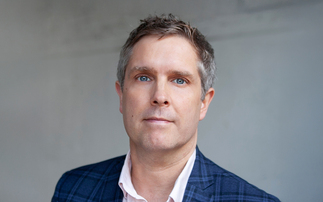People in England are less likely to develop cancer than those in other high-income countries in Europe, a report from the National Audit Office (NAO) has found.
However, survival rates in England are 10% lower than the European average, although for children rates are close to the European average.
There are 273 diagnosed cases of cancer per 100,000 of population per year in the UK, compared to Germany with 284 diagnosed and Denmark with 338 diagnosed.
Patients who are younger at time of diagnosis are more likely to survive than those who are older.
The NAO noted that the difference was more than was likely to be due to ageing alone.
The NAO also noted that increased resources had contributed to improvements in cancer survival rates, as have having direction and high-profile leadership.
There were concerns that there were still significant unexplained variations in performance in cancer care across the country.
If survival rates across all socio-economic groups were the same the NAO found there would be 20,000 fewer deaths annually from cancer.
Those diagnosed following a medical emergency were 20% of cancer patients, and these are twice as likely to die within a year than those who are diagnosed by an urgent GP referral.
The NAO noted that progress has been made on data collection as a result of recommendations by the public accounts committee.
Amyas Morse, head of the NAO, said: "Outcomes for cancer patients have improved since 2010.
"Of course, there will always be variations in cancer outcomes, but the significant variations across the country, and the poorer outcomes for older patients and those from more deprived backgrounds, show that there is potential for improvement.
"The gap in outcomes between England and the European average, shown in the latest data, also demonstrates this."
Juliet Bouverie, director of services and influencing at Macmillan Cancer Support, said: "If we want to get serious about improving our survival rates in England then we are going to have to address some of the inequalities this report highlights.
"This means giving older people cancer treatment and care based on their needs, not on their age."











